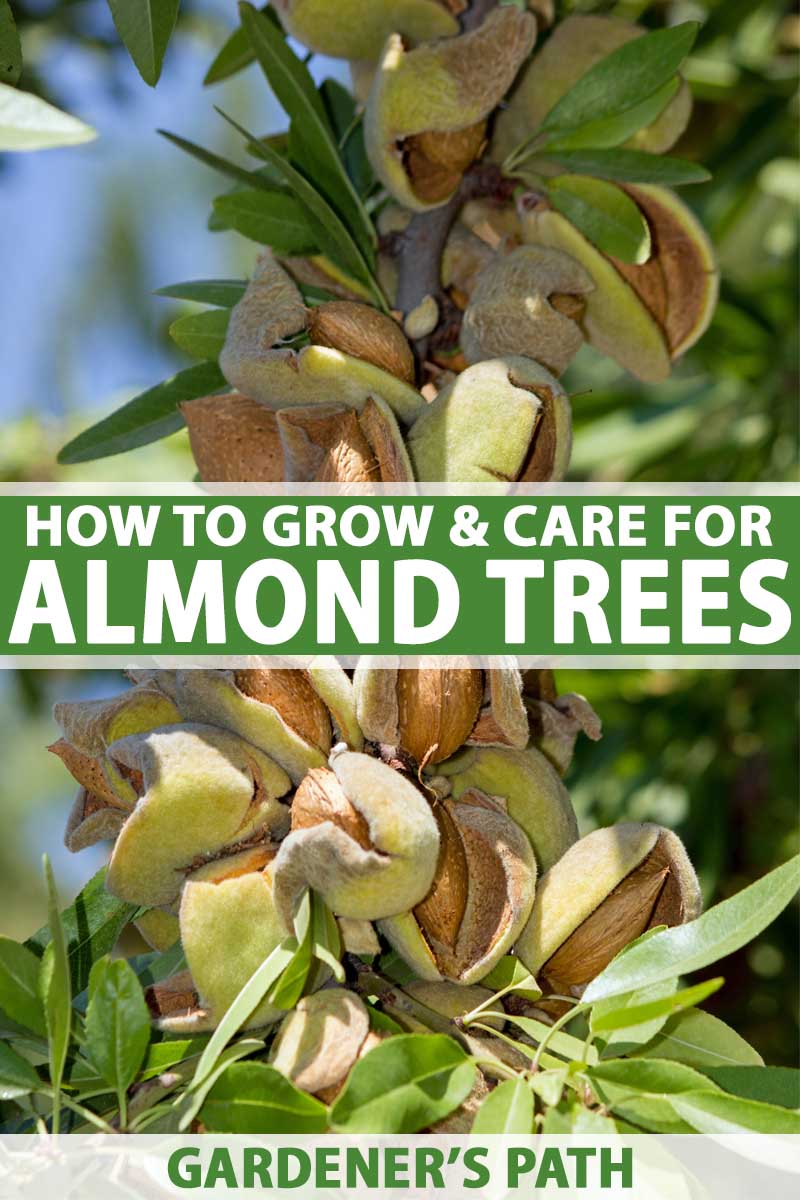How to Grow and Care for Almond Trees: Expert Tips Unveiled

Almond trees are a delight to any home garden. With the right care, they thrive. In this guide, we’ll show you how.
Understanding Almond Trees
Almonds are not just tasty, they’re also nutritious. Growing them at home can be rewarding. Almond trees, known by the scientific name Prunus dulcis, are native to the Middle East and South Asia. But, with proper care, they can grow in various climates.
Choosing the Right Variety
There are two types of almond trees – sweet and bitter. Sweet almonds are the ones we eat. Bitter almonds are used for almond oil. Make sure to choose a variety that suits your climate and soil.
Planting Your Almond Tree
Planting is the first step in your almond tree care journey. Here’s how to do it right.
- Timing: Plant in late winter or early spring. This gives the tree time to establish before summer.
- Location: Choose a sunny spot. Almond trees need full sun to produce fruit.
- Soil: Well-drained soil is a must. If your soil is heavy, consider raised beds or pots.
- Spacing: Almond trees need room to grow. Space them 15-20 feet apart.
- Planting: Dig a hole twice the width of the root ball. Plant the tree at the same depth it grew in the nursery.
- Watering: Water the tree well after planting. Keep the soil moist but not soggy.
Watering Your Almond Tree
Water is key for healthy almond trees. Here’s how to water them right.
- Regular Watering: Young trees need more water. Water them weekly if there’s no rain.
- Deep Watering: Deep watering helps roots grow strong. Water deeply, less often to encourage this.
- Monitoring: Use a soil moisture meter to check water levels. This avoids over or under-watering.
Fertilizing Your Almond Tree
Almond trees need the right nutrients to thrive. Here’s what to feed them.
- Young Trees: Use a high-nitrogen fertilizer in the first year. It helps with growth.
- Established Trees: Use a balanced fertilizer. Apply it in late winter or early spring.
- Organic Options: Compost and manure are good for almond trees. They improve soil health too.
Pruning Your Almond Tree
Pruning keeps almond trees healthy and productive. Here’s how to prune them.
- Time: Prune in late winter. This is before new growth starts.
- Goals: Remove dead or diseased branches. Open up the canopy for sunlight and air flow.
- Technique: Make clean cuts. Cut back to a bud or branch.
Dealing with Pests and Diseases
Pests and diseases can harm almond trees. Here’s how to protect your trees.
- Pests: Watch for insects like aphids and mites. Use insecticidal soap or neem oil to control them.
- Diseases: Fungal diseases can be a problem. Keep the area clean and prune properly to prevent them.
- Prevention: Healthy trees resist pests and diseases better. Follow good care practices to keep trees strong.

Harvesting Your Almonds
Harvesting is the reward for your hard work. Here’s when and how to harvest almonds.
- Time: Harvest in late summer or early fall. This is when the hulls split open.
- Method: Shake the tree to release almonds. Or, knock them down with a pole.
- Drying: Dry almonds before storing. Lay them out in the sun for a few days.
Common Questions About Almond Tree Care
| Question | Answer |
|---|---|
| How long until an almond tree bears fruit? | It takes about 2-4 years for a tree to produce nuts. |
| Do almond trees need a pollinator? | Yes, most varieties need another tree nearby to pollinate. |
| How much sun do almond trees need? | They need full sun, at least 6-8 hours a day. |
| Can almond trees grow in pots? | Yes, but choose dwarf varieties and large pots. |
Frequently Asked Questions
What Is The Best Climate For Almond Trees?
Almond trees thrive in Mediterranean climates, with mild, wet winters and hot, dry summers being ideal for optimal growth and nut production.
How Often Should Almond Trees Be Watered?
Young almond trees require regular watering, aiming for deep irrigation every two to three weeks, while mature trees need less frequent but thorough watering.
What Soil Type Suits Almond Trees?
Almond trees prefer well-draining, sandy loam soils with a pH level between 6 and 7. 5 to ensure proper root development and nutrient absorption.
When Do Almond Trees Typically Bloom?
Almond trees bloom in early spring, often between late February and early March, depending on the local climate and specific almond variety.




